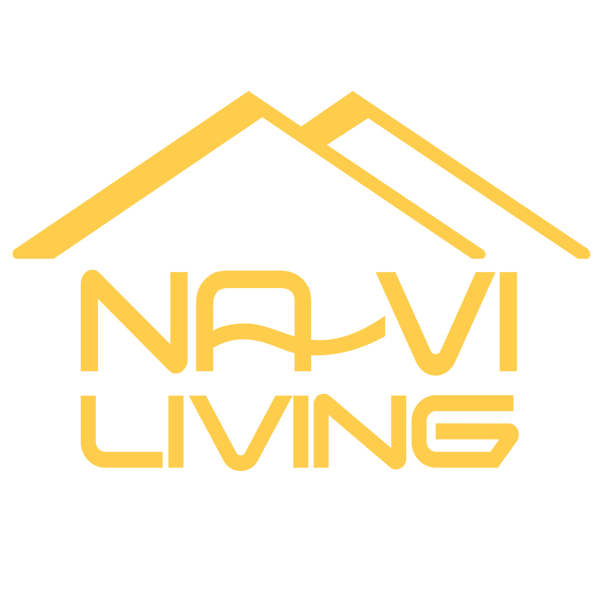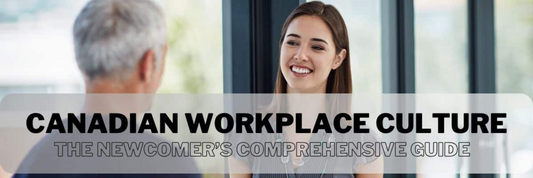Canada is a top destination for individuals seeking better opportunities, a high standard of living, and a safe environment to call home. With its welcoming immigration policies and numerous pathways to permanent residency (PR), it’s no surprise that thousands apply every year. This article provides a detailed guide on how to obtain PR in Canada, the benefits it offers, and tips for a successful application.
- Provincial Nomination in Canada: Your Pathway to Permanent Residency
- Requirements for Work Permit in Canada: A Comprehensive Guide
What is Permanent Residency in Canada?
Permanent residency in Canada allows non-Canadian citizens to live, work, and study anywhere in the country. While PR holders are not citizens, they enjoy many of the same rights and privileges, including access to healthcare, education, and employment opportunities.
Why Choose Canada for Permanent Residency?
- World-Class Healthcare and Education: Canada boasts one of the best healthcare systems and high-quality education accessible to all residents.
- Robust Economy: With a growing economy and job opportunities across various industries, Canada is ideal for professionals and entrepreneurs.
- Diverse and Inclusive Society: Multiculturalism is a cornerstone of Canadian identity, making it easier for newcomers to feel at home.

Benefits of Permanent Residency in Canada
- Freedom to Live and Work Anywhere: PR holders can settle in any province or territory, offering flexibility to choose a location that suits their lifestyle or career goals.
- Access to Healthcare and Social Benefits: PRs can benefit from Canada’s publicly funded healthcare system and various social support programs.
- Educational Opportunities: PR holders and their children enjoy lower tuition fees at Canadian educational institutions.
- Pathway to Citizenship: After meeting residency requirements, PR holders can apply for Canadian citizenship.
- Legal Protection: PR holders are protected under Canadian law and the Charter of Rights and Freedoms.
Popular Pathways to Permanent Residency in Canada
Canada offers several immigration programs tailored to different needs and qualifications. Here are the most popular pathways to become permanent residency in Canada
1. Express Entry
This is one of the fastest and most popular ways to obtain PR. It includes three main programs:
- Federal Skilled Worker Program (FSWP): For professionals with work experience and education.
- Federal Skilled Trades Program (FSTP): For skilled tradespeople.
- Canadian Experience Class (CEC): For individuals with prior work experience in Canada.
2. Provincial Nominee Program (PNP)
Each province and territory has its own PNP designed to address regional labor market needs. Candidates can apply directly to a province or through the Express Entry system if they meet the specific criteria.
3. Family Sponsorship
Canadian citizens and PR holders can sponsor close family members, such as spouses, children, or parents, to immigrate to Canada.
4. Startup Visa Program
Entrepreneurs with innovative business ideas and financial backing can apply for this program. Applicants must demonstrate their ability to create jobs and contribute to the Canadian economy.
5. Other Programs
- Agri-Food Pilot Program: For workers in the agricultural and food processing sectors.
- Refugee and Humanitarian Programs: For individuals fleeing conflict or persecution.
Eligibility Requirements and Application Process
To apply for permanent residency, you must meet specific eligibility criteria and follow the outlined process:
Eligibility Criteria
- Education: Post-secondary education is often required.
- Work Experience: Relevant professional or skilled trade experience.
- Language Proficiency: High scores in English or French proficiency tests (e.g., IELTS, TEF).
- Proof of Funds: Demonstrate financial stability to support yourself and your family.
- Clean Criminal Record: A background check is mandatory.
Application Process
- Assess Your Eligibility: Use online tools like the Comprehensive Ranking System (CRS) calculator to evaluate your score.
- Submit an Express Entry Profile: Create a profile and enter the pool of candidates.
- Receive an Invitation to Apply (ITA): High-ranking candidates receive ITAs based on CRS scores.
- Complete the PR Application: Submit documents, including medical exams and police certificates, along with the application fee.
- Wait for Approval: Processing times vary but typically range from six months to a year.
Challenges and How to Overcome Them
- Low CRS Score: Improve your score by gaining additional work experience, pursuing higher education, or obtaining a provincial nomination.
- Financial Constraints: Plan and save in advance to cover application fees and settlement funds.
- Lengthy Processing Times: Stay informed about application updates and processing timelines.

Life After Receiving PR
Once you receive permanent residency in Canada status, adapting to life in Canada becomes the next step:
- Cultural Integration: Join local communities, participate in cultural events, and improve language skills to ease your transition.
- Career and Education: Take advantage of job opportunities and educational programs.
- Planning for Citizenship: Maintain your residency obligations (living in Canada for at least three out of five years) to become eligible for citizenship.
Conclusion
Obtaining permanent residency in Canada is a life-changing opportunity that opens doors to a brighter future. By understanding the available programs, preparing a strong application, and planning for challenges, you can achieve your dream of living in Canada. Start your journey today, and take the first step toward building a prosperous life in one of the world’s most welcoming countries.
The information provided on this Website (including but not limited to blogs & other sub-pages, is for general informational purposes only and should not be considered legal, financial, or professional advice. Na-Vi Living Inc. assumes no responsibility for errors or omissions in the content, readers are advised to consult professional advice before making decisions based on the information provided.




